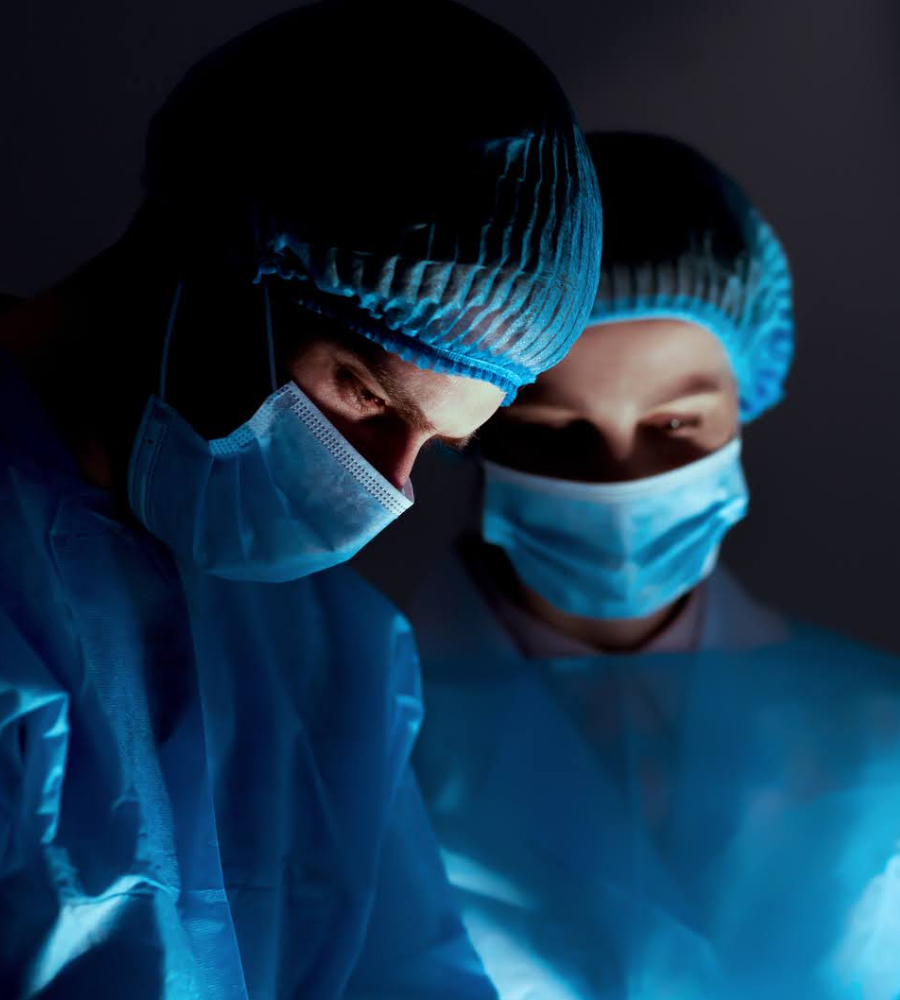

The reconstruction of the aortic valve and the substitution of an aortic valve are treatments to cure aortic valve diseases. Our hearts have Mitral, Tricuspid, Aortic, and Pulmonary Valves. There are 4 valves.
Each of the four valves controlling blood flows around the heart is the aortic valve. These valves maintain the blood pumping into the heart in the right direction. An aortic valve divides the main circulating chamber of the heart (left ventricle) from the main artery that provides the body with oxygen-rich blood (aorta). The aortic valve opens and permits blood to flow from the left ventricle into the aorta for each contraction of the ventricle. The aortic valve shuts off as the ventricle relaxes to prevent blood from reverting into the ventricle. If the aortic valve does not operate correctly, it will mess with the blood flow and make it difficult for the heart to supply the body with the requisite blood.
Some individuals may have no signs or symptoms of aortic valve disease for several years if any. Tiny breath, exhaustion, chest pain, lack of consciousness, pulse (arrhythmia), heart attack, and accidental heart death may be encountered by some. Repairing the aortic valve or removing the aortic valve can cure aortic valve dysfunction and help reestablish natural blood flows, minimize complications, last longer, and help improve the heart muscle function.

The decision to restore or install a defective aortic valve relies on several factors, including:
Generally speaking, heart valve replacement is the first option because it is associated with
However, it is not easy to replace all valves, which is also more difficult than installing valves. Solutions rely on specific cases and the know-how and expertise of a team of doctors.
Cut (incision) in the chest or minimally invasive procedures that require smaller incisions in the box of the chest or the leg or chest catheter (transcatheter aortic valve, or TAVR) will repair and aortic valve replacement via a conventional open-heart procedure.
Minimally invasive cardiac surgery can require a shorter duration of hospital stay, rapid recovery, and less discomfort. A multidisciplinary cardiac team performs minimally invasive cardiac surgeries. What type of treatment is depending on the particular patient situation and the doctor can clarify each option’s advantages and risks. In other health issues, including lung or kidney disease certain persons with aortic valve dysfunction may not be eligible for standard open-heart surgery to make an operation too dangerous.
Many patients with aortic valve disease have coronary arthritis and can need surgery to enhance the flow of the blood. Heart bypass treatment is typically achieved by a standard open-heart operation, such that the surgery of the aortic valve is conducted in the same manner.

In Kolkata, B.P Poddar cardiac operations are performed in huge numbers. The members of the team, led by experienced physicians and leading surgeons, are outstanding surgeons and aestheticians.
B.P Poddar consists of two entire heart care units for cardiovascular patients. Of the overall number of operating theatres, 4 are devoted to heart surgery from a valve repair to congenital defect correction. Surgical capabilities are accompanied by specialized post operating treatment, rendering B.P Poddar one of the top hospitals for high-risk cardiac procedures. We at B.P Poddar have the state-of-the-art steel mobile operating theatres, fully equipped for the comfort of surgeons and state of-of-the-art instruments. The goal is not only to extend life but also to guarantee the quickest possible restart of all daily activities.